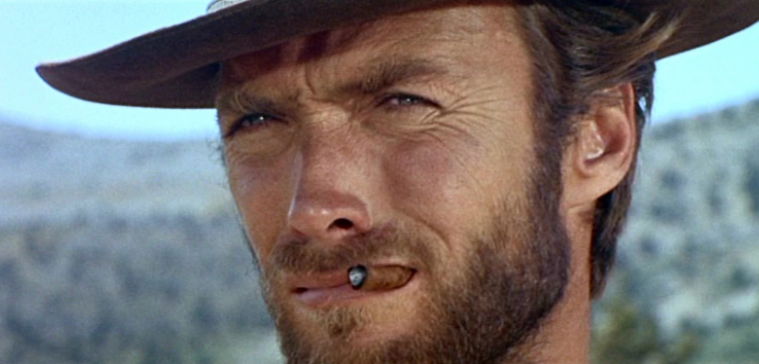
Cinema is an image. Story is a cut. While there are stunning examples to the contrary, most of film’s narrative history could be boiled down to editing. Many say the final re-write of a film is done in the editing room, where a director and editor truly craft the story into its most concise, impactful form. Cutting is taking the massive heap of clay comprised of fragmented images and molding them carefully into a feature experience. A carefully timed cut can suggest the similarity between a spaceship and a bone, establish simple spatial geography, or be the punchline to a physical gag with a perfect spit-take. One shot is the trigger being pulled, the next is the bullet’s impact.
In other words, editing is kind of important, and a new video essay from Channel Criswell titled Editing in Storytelling is a wonderful, poetic example of why that is. Edited wonderfully itself (pretty essential, right?), the essay pools from all genres and many periods of cinema’s vast and international history to explore how the edit is truly a multi-faceted, essential aspect of filmmaking. It can be used to establish geography, define character, create atmosphere, instill symbolism, and extrapolate themes. As the essayist states, “a cut is about control.” That is the power the editor holds: it is not just a story’s momentum that is being decided — though editing is essential in making a film brooding, or propulsive, or even dull — but the flow of information. The editor chooses what we see and don’t see, and as importantly, when we see them or not. And that’s only the beginning.
See the full, extensive essay below, and continue on to one on the emotionality of editing, the rhythmic cutting of Whiplash, and the most effective cuts in cinema’s history.

